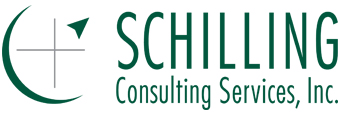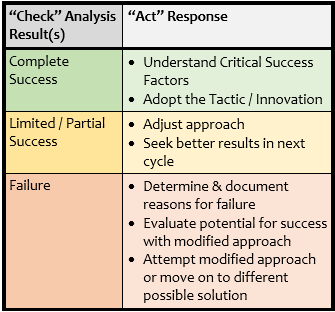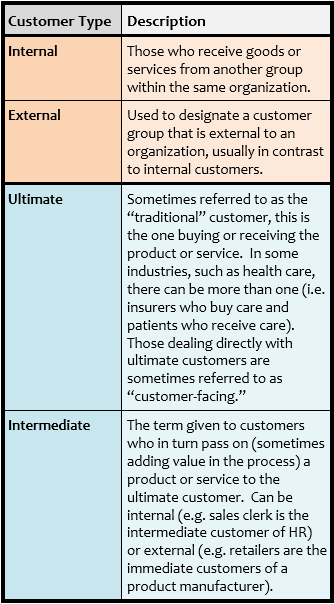New Tool: Scenario Sensitivity Analysis
I’ll admit, I’ve always been on the fence about Scenario Planning, but I have a hybrid approach that may help you sleep better at night. Let me explain.
Scenario Planning – Yes! ..or Not Sold? Scenario Planning does have its fans, and also, some skeptics. Fans will maintain that if there is some major new development on the horizon – could be related to the competition, regulations, innovation, or funding, just to name a few – it would be foolish to not only acknowledge it, but even plan accordingly. However, Scenario Planning also has its skeptics. One reason is the scenario doesn’t always unfold as predicted. Another reason is it may completely miss the occasional disrupter that isn’t on anyone’s radar (Covid19, surprise merger, etc.). And yet, we often do have early indications about some potential disrupters. Examples include the current workforce shortage, increasing tele-health adoption, inflation.
Two Planning Philosophies? One more thing to consider. Some Scenario Planning skeptics would also point out that there is also something inherently "reactionary" about building a Strategic Plan around an external development. This reactionary mindset runs somewhat counter to the more "proactive" posture of creating something new...a desired future state. One of my favorite Strategic Planning quotes frames this dichotomy even more clearly:
“There’s a current of thinking today which says that because things are changing so rapidly, it’s impossible to have a strategy. All you need is to be agile and react to immediate change. That is wrong. It allows someone else to determine the constraints under which you’ll operate. Organizations with a strategy will set the terms of competition.”
Alvin Toffler, Hospitals and Health Networks, January, 1999
Finding the Best of Both Worlds. In fact, identifying and considering countermeasures for potential disrupters is a hallmark of well-done Industry and Market Assessments, which in turn are some of the most crucial early stage work in developing a Strategic Plan. Ignoring scenarios that are plausible enough to have us worried doesn’t sound like a good idea.
So how do we “rethink” scenario planning, moving from a reactionary posture with regard to one major disrupter, to proactively preparing for a handful of possible disrupters. This is what started me working on a tool which I call a Scenario Sensitivity Analysis. Users of the tool, usually a small group, identify the handful of Scenarios that they are most concerned about and also believe are the most plausible. A scaled matrix provides a framework for evaluating the impact of each scenario on each of their goals. At least one leading measure is identified for each scenario, and where scenarios could have a high impact on any particular Goal, “early stage” insights are developed, to be built on and added to by a designated team if the scenario begins to materialize. The tool can be used as part of the process for developing a new Strategic Plan or applied to an existing Strategic Plan.
A Better Way to Be Prepared. As you continue to find the “new normal” in the (hopefully) waning stages of Covid19, you may have thought “who saw that coming?” From what I have read, other than a few Epidemiologists, almost no one. Covid19 taught us, among other things, that some scenarios can’t be anticipated. So hopefully, worrying about the next wild card disrupter isn’t keeping you up at night. However, not considering, and not making reasonable preparations for, the ones that we believe may indeed become reality would be regrettable, and if they materialize, make our plans more difficult to implement. If in turn that is what keeps you from getting a good night’s sleep, I have a new tool that can help. And, I am looking for opportunities to work with clients to make it even better.
Contact me at your convenience.
Jeff


